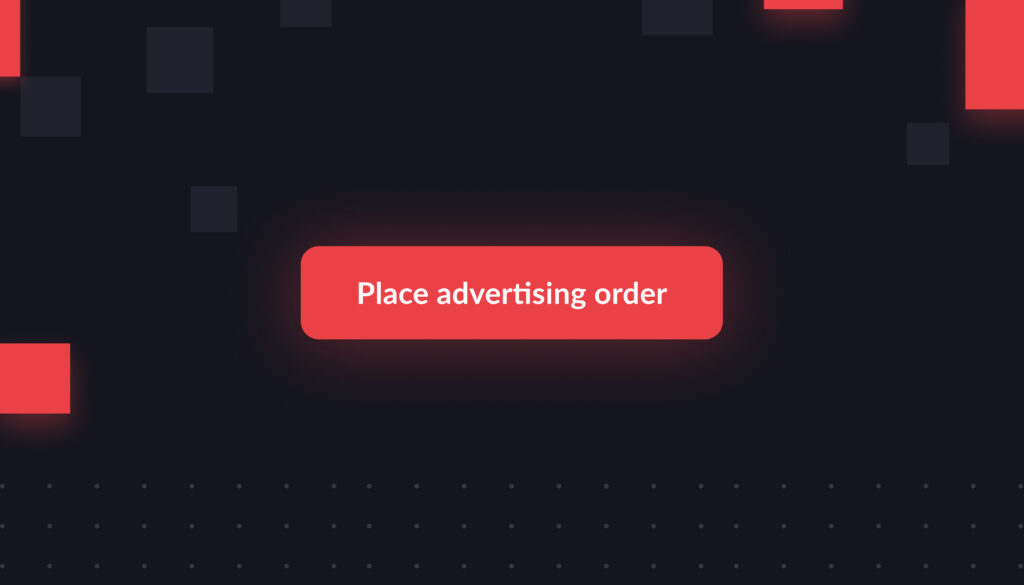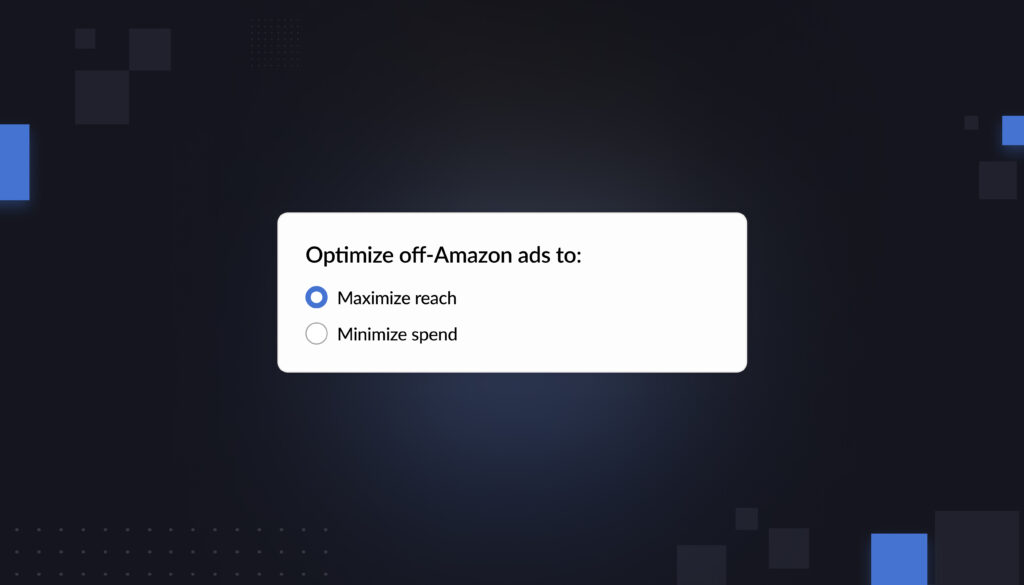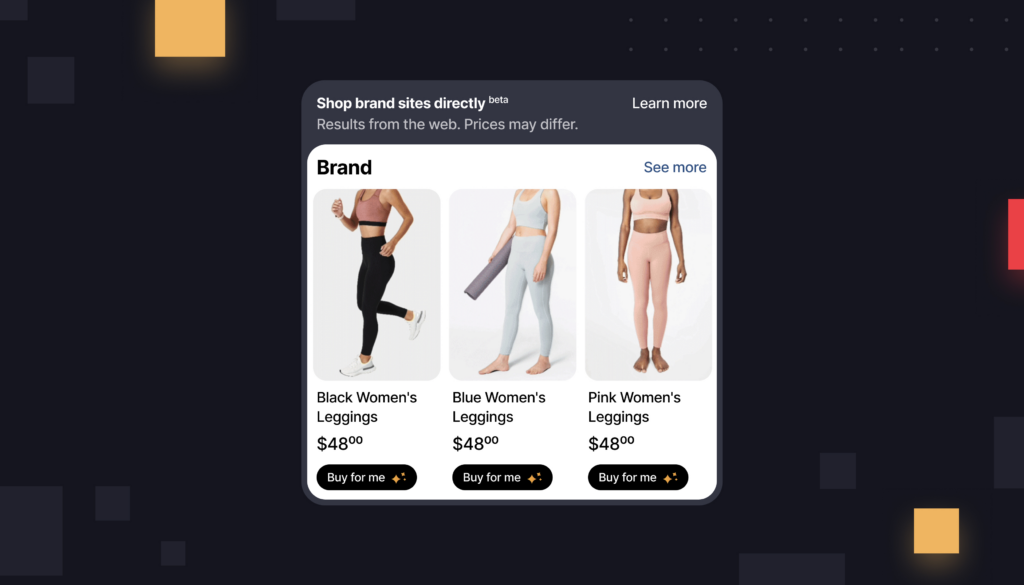In this episode of Intentwise Expert Connect, I spoke with Chelsea Cohen, cofounder of SoStocked. This episode was recorded at Prosper Show 2022 in Las Vegas. Watch or read the conversation below.

Jason Chan: I am with Chelsea Cohen today. If you don’t know her—I’m going to let her introduce herself. Go ahead.
Chelsea Cohen: I’m Chelsea Cohen, I’m the co-founder of SoStocked. It’s an inventory management software for ecommerce sellers and previous to that, I have been selling on Amazon since 2014.
JC: Do you still sell now?
CC: Yes.
JC: Awesome. That’s how you stay up to date.
CC: Exactly. All my greatest ideas come when I’m in trouble in inventory and have to solve the problem.
JC: Exactly. So how’s the show so far?
CC: Very good. A lot of really great people. A lot of great service providers. Yeah, it’s great.
JC: Okay. Tell me about what’s on your mind lately.
CC: I like to talk about Inventory-Minded Marketing. Most recently, been kind of developing that a little bit more in terms of reporting—like what kind of reports, what kind of coordination needs to happen between the inventory and the marketing teams. And that’s kind of what Inventory Minded-Marketing is. When a marketing team is marketing, they need to actually tell the inventory team that they’re actually going to be doing something with the inventory that’s kind of different than what has happened before.
“All my greatest ideas come when I’m in trouble in inventory and have to solve the problem.”
Chelsea Cohen, SoStocked
JC: Sure. As a seller, I’ve been selling for seven years, I don’t have a marketing team, inventory—I try to figure everything out myself. And a lot of sellers do that. So what are some of the best practices, in terms of forecasting, thinking about inventory and advertising? Let me give you an example. The way I forecast is very simple. I do a 30-day average over the past 90 days. And then okay, this is how much I need every month, assuming I’m not going to grow that much or I’ll lose sales, I’m going to need to keep that pace. And then I got hit with compliance, five months of compliance, and everything got thrown off. My Microsoft Excel spreadsheets didn’t work anymore. What do you think?
CC: What do I do with that? So first and foremost, when you’re doing your averages, when you’re figuring out okay, look at my 30-day average, you need to make sure that that average is accurate because numbers can lie. You know, we say numbers are absolute, but they can actually lie. With the same data, different formulas can come up with different answers. And the big way that that happens is stockouts and sales spikes that are not going to repeat themselves—you are mentioned on some podcast or something like that.
So we call it daily adjusted velocity. Let’s say you’re looking at a 30-day average, but you are stocked out for six of those days. You need to count those as stockout days, and now I have a 24-day average. I take that—within that 30 days, it’s only 24 days that I’m dividing by. And often you have to do it the right way because sometimes you say—oh well some calculations, some algorithms say, oh Amazon found a unit and you made one sale. So that’s not a stockout day. Well, it actually is if you’re selling 100 units and you go back to one. So you have to make sure that your algorithm is actually finding the correct data.
JC: In terms of advertising and inventory, what have you observed in terms of strategy dealing with inventory? I mean—hey, I’m running low on inventory, what I do with my advertising or my inventory. What should I do exactly?
CC: Yeah. So it depends on how long the potential stockout is going to be. If it’s going to be like five days, seven days, a good idea would be to start turning off some of the less profitable ads, so that every sale is more profitable on the way out and maybe you can avoid that stockout. You want to make sure you’re watching your ranking, because if you’re slowing things down, you don’t want to slow them down to the point where you drop ranking. Because if you’re going to stockout, you want to stockout on a high. So it depends on how long. If you’re going to stockout, some people like to actually ramp it up before. So they actually increase ranking before the stockout. So it really depends how long the stockout is going to be.
JC: And once you stockout, I’ve heard many things. Either you close your listing or—what do you do exactly?
CC: Closing your listing is a good idea, and then you reopen it afterwards. It’s not deleting your listing—that’s not what you should do. Closing your listing, because that also helps to cement your place in terms of the ranking.
JC: Let’s talk about about international Amazon, dealing with inventory. How does that work?
CC: How do you keep track of everything?
JC: How do you keep track of everything, doing reports, and really understand stock in each region?
CC: Yeah. So you do have to have a way of splitting all of that out. And, especially when Brexit came, when we were creating our software, we had to actually reconfigure everything so that you could split Brexit, split the U.K. out of the rest of the regions. So you need to be able to split. If you’re sending warehouse physically to that location, you need to have a separate forecast. So when you get into other markets, you’ve got multiple forecasts going on. You have forecasts from your 3PL [third-party logistics], your warehouse to Amazon, but you also have to have a forecast from your supplier to your 3PL or your supplier direct to Amazon. So there’s a lot of forecasts that are going on at the same time.
JC: Let’s wrap up with a couple of best practices that you practice in your own business and for other sellers. What do you recommend?
CC: So in terms of coordinating inventory and marketing, the marketing team has to give a marketing plan to the inventory team. That’s helpful. So are you going to do a PPC [pay-per-click] campaign? How much is that going to increase sales? Are you doing any lightning deals? That type of thing, on a per-SKU [stock-keeping unit] basis. And then the inventory team has always been off the hook in terms of this reciprocation. You always blame the marketing team, but the inventory team actually has to give reports, too.
And so very briefly, we talk about four reports. One is the Stockout Risk Report, which is exactly what it sounds like. Here are the SKUs that are going to stockout, and the marketing team should stop marketing those, or control the marketing.
And then there’s the Slow Sellers Report, which is a range, say, between five and 20 sales a day. It’s not one of those real losers, but we’re not doing well with that product. So those reports should go to the marketing team, so they can start focusing on and ramping up so that those products don’t become liquidation products, which is the next report, Liquidation Report. Okay, let’s move that as fast as possible. Let’s see if we can use that stock to actually gain restock limits. Because sell-through helps with that.
And then the last report is the Overstock Report, which also helps you to see what do we have an excess of inventory. We could actually gain more restock limits and gain more ranking by doing some sort of a flash sale to move that inventory, even if it’s your best-selling inventories. Any inventory that you have a lot of could become a liability—costing you money, taking up space—or it could be an asset in earning you restock limits and ranking.
“Any inventory that you have a lot of could become a liability—costing you money, taking up space—or it could be an asset in earning you restock limits and ranking.”
Chelsea Cohen, SoStocked
JC: When, as a seller, do I get rid of my spreadsheets, my Microsoft Excel, and start using a software? And talk about your company a little bit more.
CC: So usually it’s at the point where you’re having problems. I wouldn’t—we don’t like to encourage people from the beginning—your first product or your first couple of products, you’re still trying to get your feet on the ground. You’re still trying to learn how to do this business. So spreadsheets are fine, but when you start ramping up the SKUs or the marketplaces or now you have the 3PL and you’re just losing track of things, that’s when I suggest getting a software.
And that was why we created SoStocked. We had too many stockouts, overstocking, and I realized there was a lot of profit margin that was being lost, a lot of revenue. And so SoStocked came about because I was looking for a solution. And the answer everyone was giving me—a few masterminds—what are you using? And they’d say, we’ve tried everything. Nothing works. We’re back to spreadsheets. And so I thought, well, there’s got to be a better solution. So that’s where SoStocked came about.
This interview has been edited for clarity and length.







